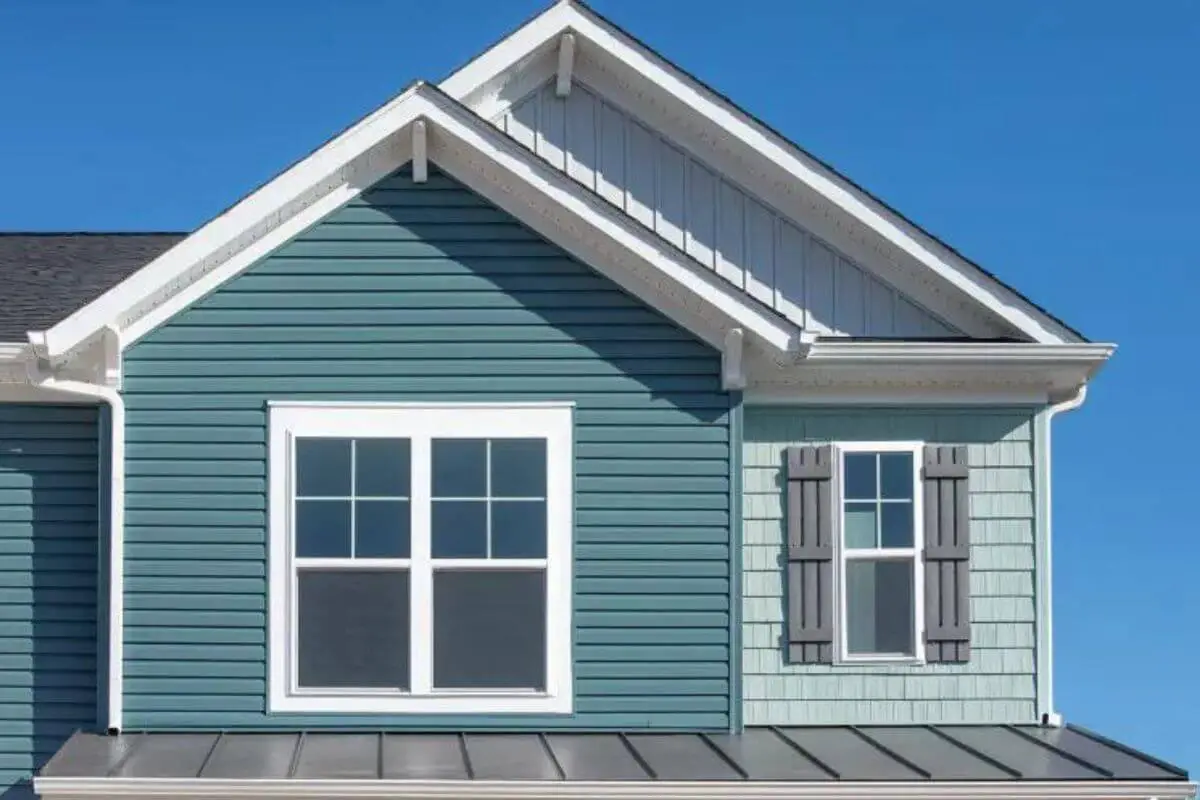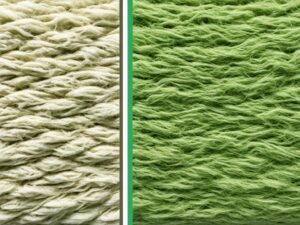Introduction
When it comes to enhancing the exterior of your home, the choice of siding plays a crucial role in both aesthetics and functionality. Dutch lap siding and clapboard are two popular siding options that offer unique characteristics and benefits. In this article, we’ll delve into the key differences between Dutch lap siding and clapboard, helping you make an informed decision for your home improvement project.
What is Dutch Lap Siding?
Dutch lap siding, also known as German siding or cove lap siding, is a type of horizontal siding that overlaps each other, creating a subtle groove between the boards. This design gives the siding a distinct shadow line, adding depth and dimension to the exterior of the house. Dutch lap siding is usually thicker at the bottom edge, which contributes to its durability and weather resistance.
What is Clapboard?
Clapboard, on the other hand, is a traditional siding style that features long, narrow boards that are tapered at one end. These boards are installed horizontally, with each piece overlapping the one below it. The resulting pattern creates a charming rustic look, making clapboard a popular choice for traditional and historic homes.
Differences Between Dutch Lap Siding and Clapboard
Installation Techniques
The primary difference between Dutch lap siding and clapboard lies in their installation methods. Dutch lap siding requires each board to overlap the one below it at a 90-degree angle, while clapboard boards are installed horizontally with a slight overlap.
Aesthetic Appeal
Dutch lap siding offers a more pronounced shadow line due to its overlapping design, providing a modern and elegant appearance. On the other hand, clapboard’s rustic charm exudes a timeless appeal that suits colonial and cottage-style homes perfectly.
Weather Resistance
Both siding options are durable and weather-resistant, but the thicker bottom edge of Dutch lap siding provides extra protection against the elements, making it slightly more resilient in extreme weather conditions.
Maintenance Requirements
When it comes to maintenance, both siding types are relatively easy to care for. Regular cleaning and occasional repainting are essential for preserving their beauty and longevity.
Pros and Cons of Dutch Lap Siding
Pros:
- Modern and elegant appearance
- Excellent weather resistance
- Enhanced durability
- Suitable for various architectural styles
Cons:
- Initial installation costs might be higher
- Limited availability in some regions
Pros and Cons of Clapboard
Pros:
- Charming and rustic aesthetics
- Suitable for historic and traditional homes
- Cost-effective option
- Easy to replace damaged boards
Cons:
- Less weather-resistant than Dutch lap siding
- Requires more frequent repainting
Which Suits Your Home Better?
The choice between Dutch lap siding and clapboard depends on several factors, including your home’s architectural style and regional considerations. For modern and contemporary homes, Dutch lap siding can add a touch of sophistication. On the other hand, if you own a historic or traditional home, clapboard might be the perfect choice to preserve its authentic charm.
Factors to Consider When Choosing Siding
Before making a decision, consider the following factors:
Budget
Evaluate your budget and compare the costs of Dutch lap siding and clapboard. Remember to account for installation, maintenance, and long-term expenses.

Climate
Consider your local climate. If you reside in an area with harsh weather conditions, Dutch lap siding’s extra weather resistance might be beneficial.
Longevity
Think about the lifespan of each siding option. Dutch lap siding, with its thicker bottom edge, might have a slightly longer lifespan.
Maintenance
Assess your willingness to perform regular maintenance tasks. Clapboard might require more frequent repainting, but it is generally easier to replace damaged boards.
How to Maintain Dutch Lap Siding and Clapboard
To ensure your siding stays in top condition, follow these maintenance tips:
- Regularly clean the siding with a mild detergent and water to remove dirt and debris.
- Inspect for signs of damage or rot, and promptly address any issues to prevent further damage.
- Repaint the siding every 5-7 years to maintain its appearance and protect it from the elements.
Environmental Impact of Both Siding Options
When it comes to sustainability, both Dutch lap siding and clapboard have their merits. Some manufacturers offer eco-friendly options for both types of siding, utilizing recycled materials and employing sustainable production practices.
Frequently Asked Questions
1: Are Dutch lap siding and German siding the same?
No, they are not the same. Dutch lap siding and German siding are two different names for the same type of siding, which is also known as cove lap siding.
2: Can I install Dutch lap siding on my own?
While DIY installation is possible, it’s recommended to hire a professional contractor for a flawless and long-lasting installation.
3: Is clapboard fire-resistant?
Clapboard is not inherently fire-resistant. However, you can find fire-resistant coatings that can be applied to enhance its fire resistance.
4: Can I paint Dutch lap siding a different color?
Yes, Dutch lap siding can be painted in any color of your choice, giving you the flexibility to match your home’s aesthetics.
5: Are there any eco-friendly options for clapboard siding?
Yes, some manufacturers offer eco-friendly clapboard siding options made from sustainable materials.
Conclusion
In conclusion, both Dutch lap siding and clapboard are excellent siding choices, each with its unique characteristics and benefits. Consider your home’s architectural style, regional factors, and budget when making a decision. Regular maintenance is essential for keeping your siding in optimal condition and preserving its beauty for years to come.



